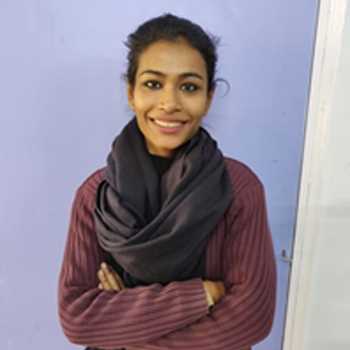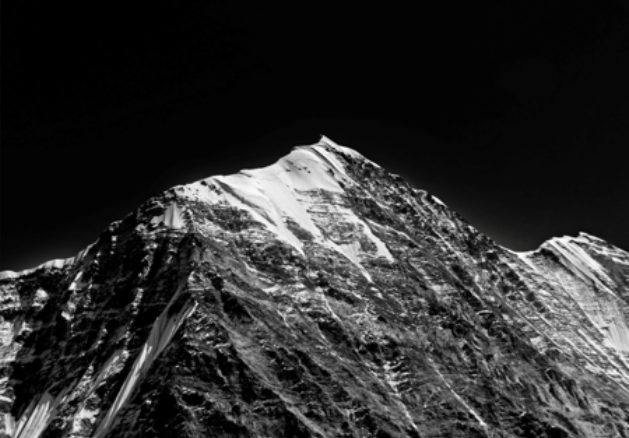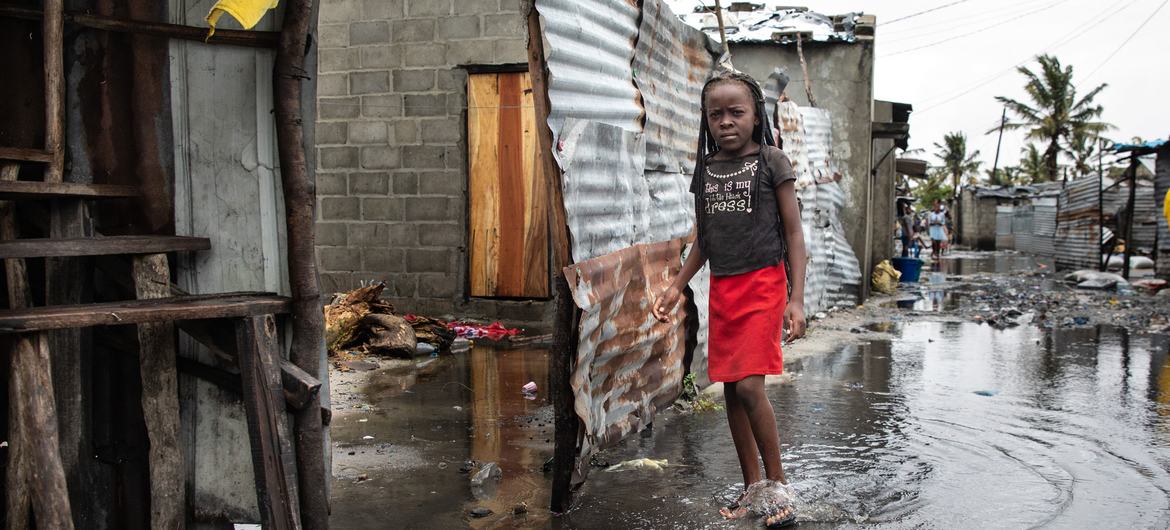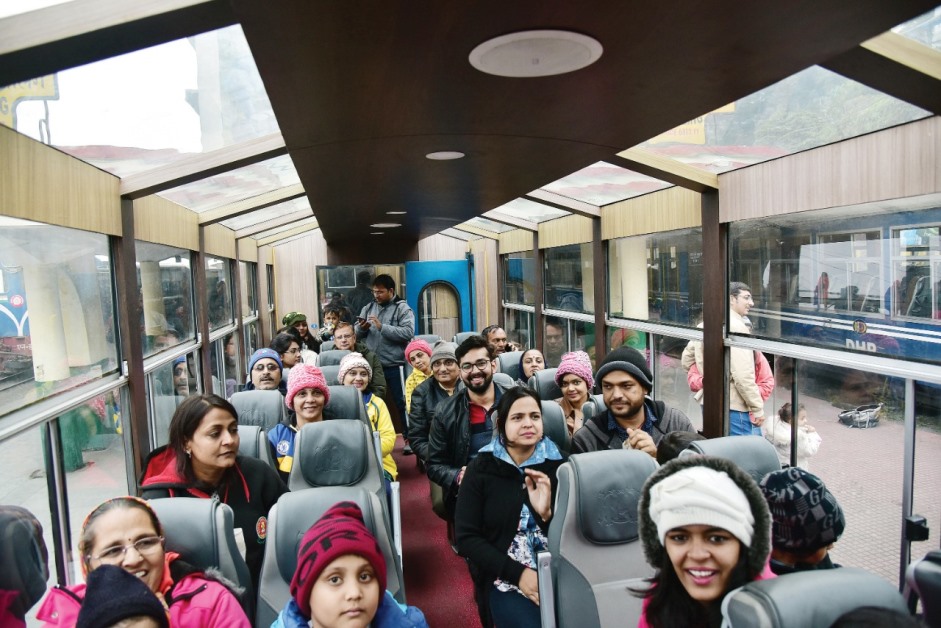Tall Tales from the Himalaya was a solo exhibition by Deb Mukharji at the India International Centre.
 Ishita Gupta
Ishita Gupta

You have covered from Garhwal to Sikkim, Himachal to Nepal. Visually each terrain of Himalaya has its own beauty, character, why constrain such varied shades mostly in Black and White?
I think the depth and the quality that it gives to a photograph is just beyond comparison. I do have coloured pictures also, but I prefer black and white. It allows greater depth, texture and qualities to any photograph. I have same pictures in both black and white and colour at a same time, and both are different.
Is it any easier nowadays when we have such variety of cameras and even mobile phone cameras with high resolutions?
No, no please don’t think any of these pictures are converted. Whatever you see in both the tones have been shot independently. Each of them has been independently captured in the respective tones as you see them. Filters don’t work for me. I think the picture is destroyed. The untouched rawness disappears. When the company stopped the model of the camera that I used, I gave away all my cameras. Initially I cried and cribbed for three months and later I got myself one Canon 5D which I still have. But each tone has its own beauty and better clicked as they are.

Throughout your travel how has Himalaya inspired or enriched you, what makes you return back every time?
You see, Himalaya once you fall in love, it is forever. 40 years of my service I haven’t got to travel much. Though I have travelled through Nepal. I have been to Kailash Manasarover thrice. Now that I have retired, I ensure to go at least once or twice a year. But this last time was a really tough trek to do. Most difficult was to get in and out of the tents.
What I feel is from the very beginning man has been humbled through nature. The experience of the presence of something infinitely larger than you, this has a cathartic effect on you; as in a humbling effect. This feeling is nothing new that I am talking of. Many authors, poets, saints, sages and travellers hold the same opinion and have said it before. But if you ask me what in addition to that trekking has added to it? I would say that, the moment one steps out of own cosy urban comforts that we are used to in your daily lives, up there in the mountains with low resources you suddenly discover that so little is needed for us in life to live. It is that very contentedness that probably attracts people and enriches.
If I ask you to choose five of your favourite pictures out these 75 gorgeous moments that you have lived through and have shared with us here, which three would you choose?
I can’t. I mean, I still clearly remember each date, time, weather even light of each of my shots. Yes they can have technical faults or proportional issues but normally I don’t judge any shot while I am shooting. I shoot to capture what I see through my lens. I don’t judge anything aesthetically. When I listen to music, I don’t judge whether it is good or bad, same goes with books or any form of art. But yes, if you ask me about the technicalities of each photograph, I can say all are not perfect in that sense may be, it could have been better. But if you ask me to choose, I am afraid I won’t be able to because I have lived through each moment of it intensely.
On that note Mr Mukharji signed off with his charming smile.
I stood still in the mid of the gallery, where at one end I could see Kailash standing tall and just diagonally opposite stood the Bhagirathi Peaks with all its glory, as if I just have completed my parikrama. Throughout the conversation while we discussed Himalayas and who so ever visited there for a glance of Himalayas shared one thing in common. That was the glitter that we all had in our eyes. In midst of black and white shades of Himalaya shined the eyes that watched its glory with humbled heart.







